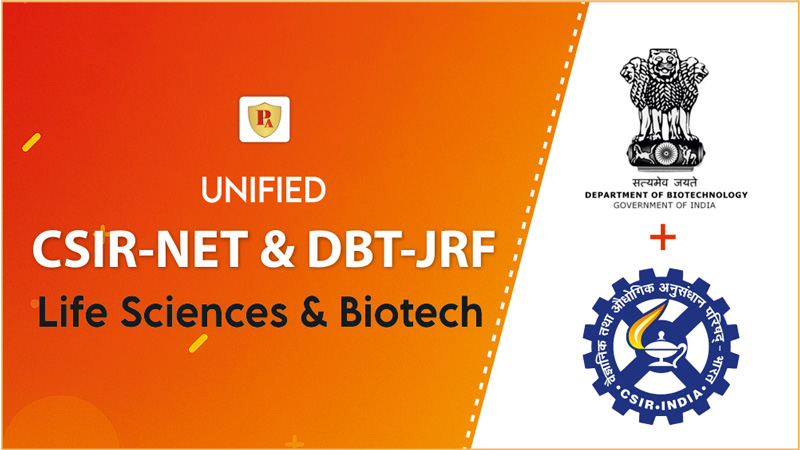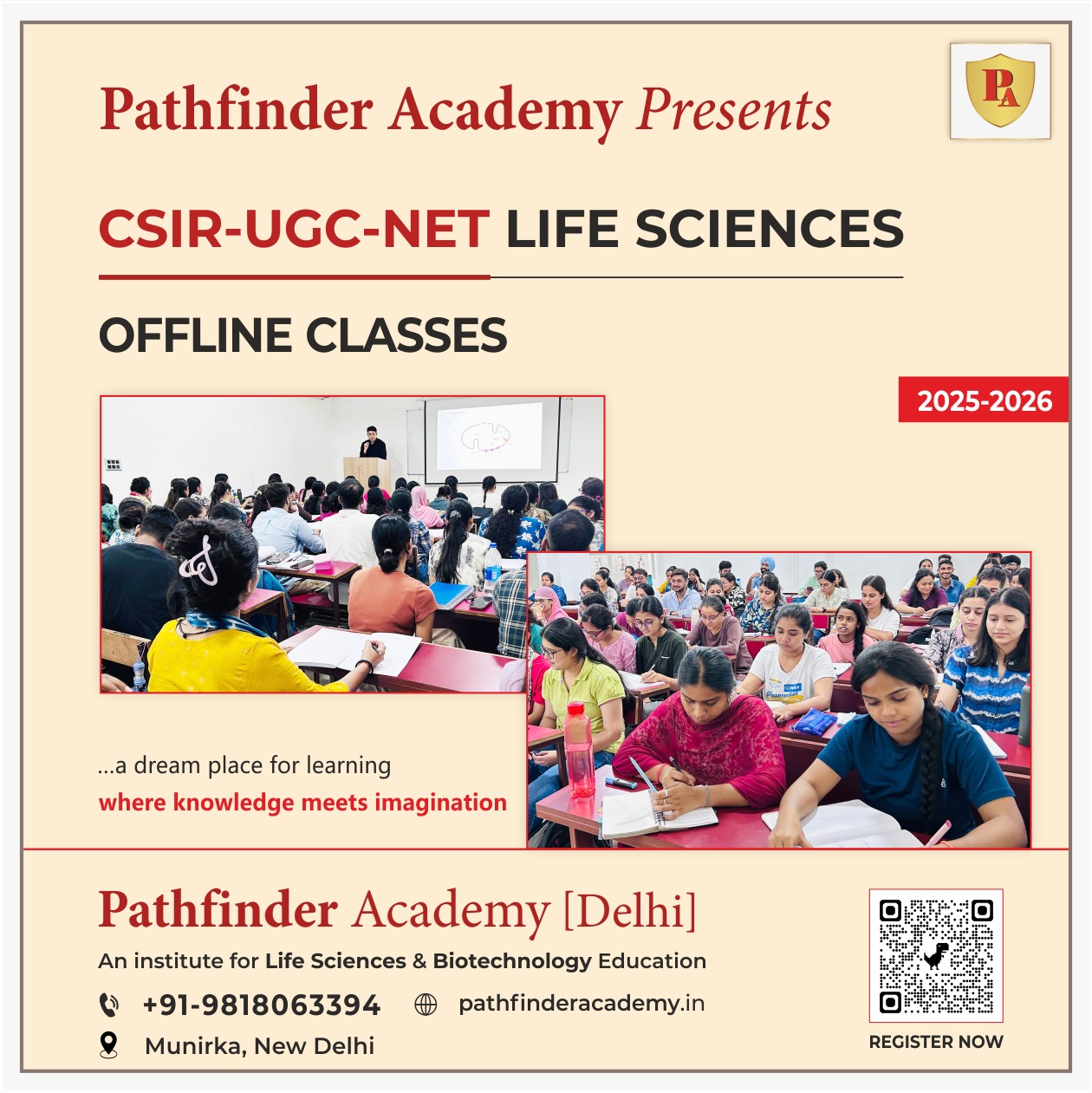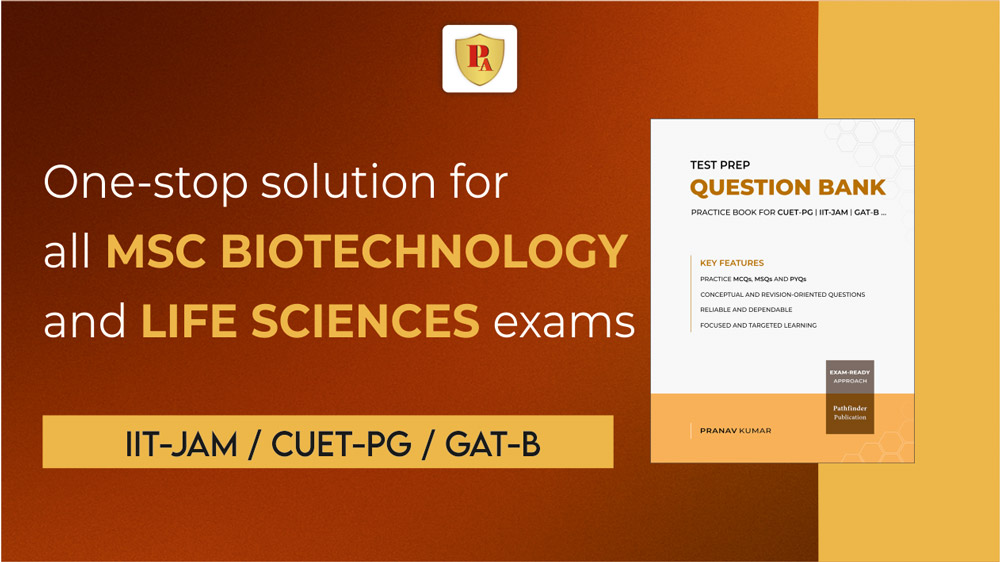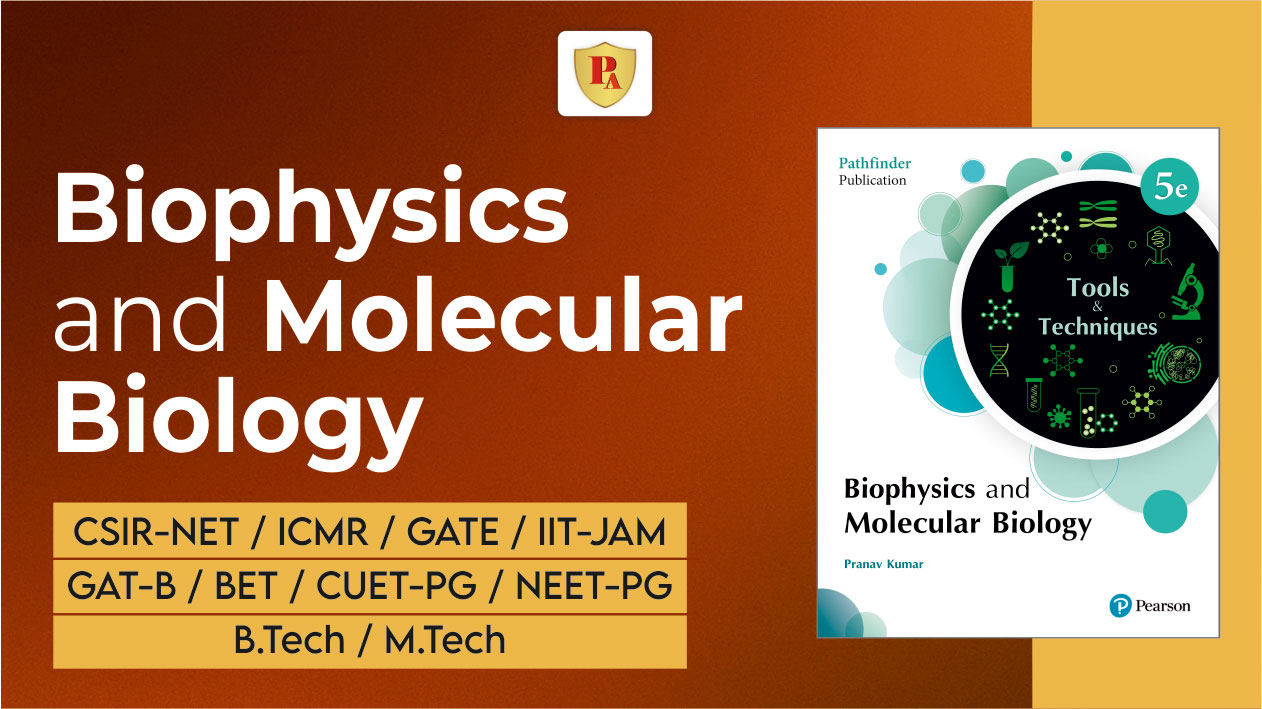
Why this could be a game-changing move for aspiring researchers in India
India’s academic and research domain in Life Sciences and Biotechnology has long been characterized by multiple entrance exams—each with its own application process, syllabus, pattern, and schedule. Two of the most prominent among these are the CSIR-UGC NET in Life Sciences and the DBT JRF in Biotechnology.
Now, a significant change is being proposed: a common entrance exam that would unify these two major exams. In my opinion, this is not just a practical reform—it’s a visionary step. Let’s explore why this move holds such promise.
1. Bridging the divide: Life Sciences and Biotechnology as one domain.
The line between Life Sciences and Biotechnology is increasingly blurred. In India, the curricula for Life Sciences and Biotechnology are nearly identical at the postgraduate level. A common exam would encourage students to prepare more holistically.
2. Expanded opportunities: Broader recognition for Lectureship eligibility.
Currently, clearing the CSIR NET in Life Sciences qualifies a candidate for a Lectureship, while the DBT JRF does not. If the new unified exam grants equivalent recognition for both fellowships, it could open the door to more Lectureship positions for Biotechnology scholars as well.
3. More fellowships, more researchers
If the same student qualifies both the CSIR-NET and DBT-JRF examinations but chooses to accept the CSIR-NET fellowship, the DBT-JRF seat they qualified for often remains unfilled. This leads to an inefficient use of valuable research opportunities and fellowship resources, as deserving candidates who might have filled those seats are left out.
Although the final structure is yet to be announced, combining two major fellowship schemes could result in more seats overall. This would provide a much-needed boost to India’s research ecosystem.
4. One syllabus, One pattern, Sharper focus
At present, students preparing for both exams must navigate overlapping yet distinct syllabi, which adds to their stress and confusion. A unified syllabus would streamline preparation, reduce redundancy, and allow for deeper conceptual understanding rather than superficial coverage.
5. Time and Cost efficiency
We must not overlook the practical burden of multiple exams—application fees, travel expenses, and the mental strain of preparing for two or more tests. A single exam would be easier on students’ wallets, calendars, and mental well-being, enabling them to focus their energy on meaningful preparation and long-term research goals.
In conclusion: A timely and transformative proposal
The proposal to merge the CSIR-UGC and DBT JRF exams into a single common entrance is more than a bureaucratic decision—it is a strategic move with far-reaching implications. It simplifies processes, reduces student stress, accessibility, and aligns with the evolving nature of biological sciences.
In my view, this is an excellent initiative—and one that deserves the full support of students, educators, and policy-makers alike.




